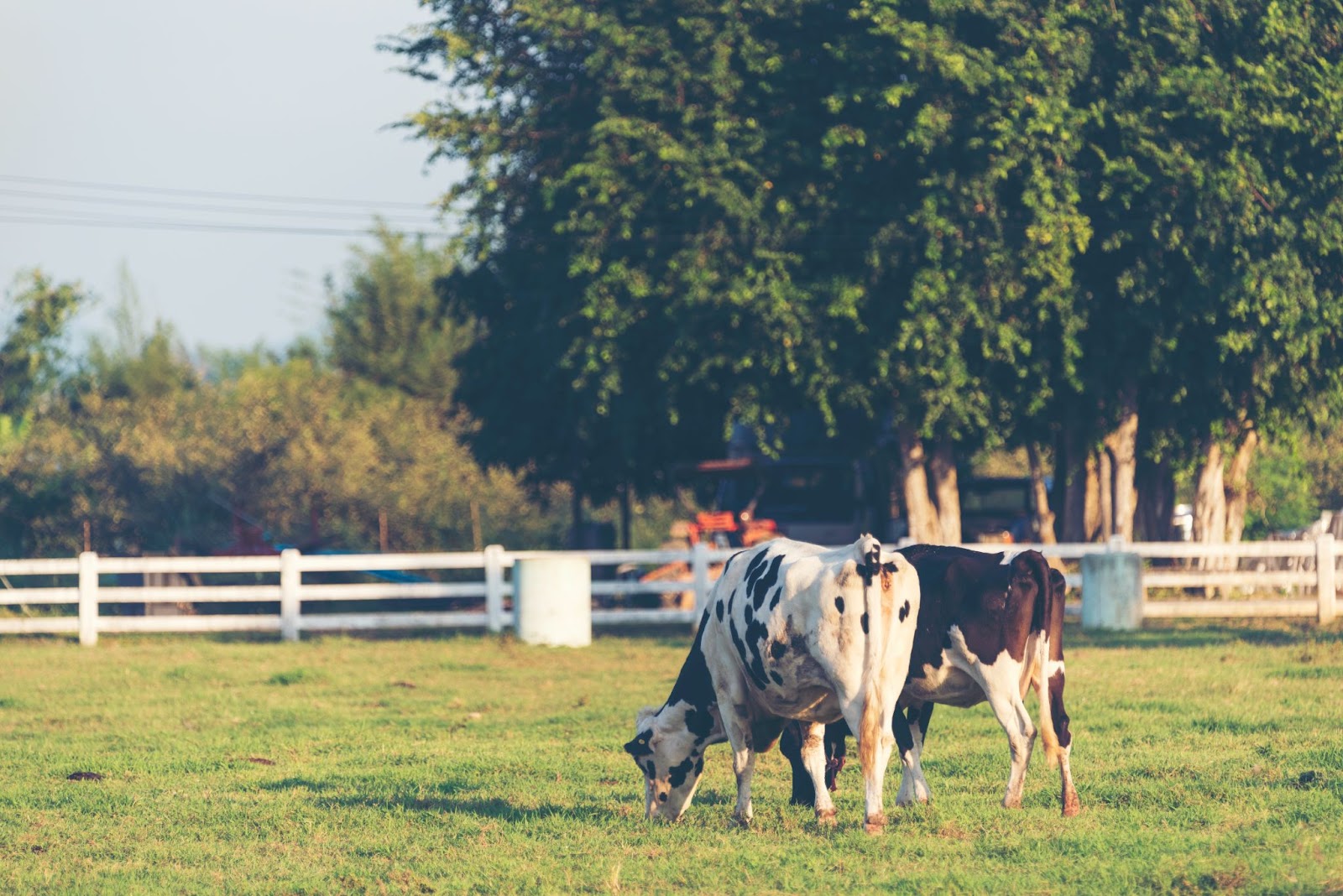Why Automation is becoming a necessity in Dairy Production
India has always been an agricultural country and dairy is not just a significant agri-business for Indians, but it also significantly contributes to its economy. The annual milk production in the country was an astonishing 198.4 million tonnes in 2019-20, making India the largest milk producer in the world.
The Indian dairy sector got its first major boost through Operation Flood, launched by the National Dairy Development Board in 1970. Since then, the Indian dairy industry has shown tremendous growth due to tax incentives, subsidies, and infrastructural development in cold chain logistics and electrification.
Automation – a necessity for the dairy industry.
Today, both private and cooperative dairy sectors have established efficient milk procurement systems and are tirelessly working towards streamlining the processes. With the ever-growing demand for milk and other dairy products in India, z and automation of the milk production, processing, and packaging industry is the need of the hour. It can reduce the need for human resources and improve the production of milk by manifolds.
Let’s take a look at why automation of the dairy industry is essential:
Mechanised milking.
Machine milking ensures convenient and consistent milking of the cattle. The process is a lot smoother and handles cattle gently. By eliminating human interference in the milking process, machine milking also ensures the production of high-quality milk. However, owing to the small average herd size in India, the mechanisation of the milking process can prove to be a challenge.
In order to deal with the issue, several Community Machine Milking Centres are being installed near small, marginal dairy farms. Farmers or milkmen in the vicinity of such centres can bring their cattle to the centre where they are milked, and the milk is stored in a cooler installed adjacent to the milking machines.
The machinery installed in these centres is cleaned regularly and the milk producers have reported a decline in the cases of mastitis caused due to unhygienic milking practices. This has afforded them financial stability and the means to increase their herds, making large-scale mechanisation of the milking process crucial for the milk producers across the country.
Cattle health monitoring.
Diseases in cattle are largely unpredictable and can affect the cattle’s productivity, reproductivity, and longevity. Several farmers end up in financial debt due to the money spent on the treatment of their cattle every year.
Keeping track of the health of cattle can help in the early detection and treatment of diseases. This can be achieved through wearable gadgets (think fitness trackers for animals) that constantly monitor the cattle’s health and behaviour and provide real-time reports of any anomalies in milking frequencies and/or milk production.
Automated feeding.
Feeding is perhaps one of the most labour-intensive aspects of dairy farming. Ensuring a balanced diet consisting of specifically formulated feed with the right supplements can help maintain optimal milk production and consistent quality throughout the year.
Feeding automation begins with installing a chaff cutter, followed by mixing the fodder with suitable additives. At this stage, it is imperative to consider any specific requirements of the cattle, such as sickness or pregnancy. After mixing, comes the even dispersion and distribution of the feed.
Several technologies that automate the mixing and distribution of feed are now being adopted nationwide. One such technique is the Total Mixed Ration (TMR) mixing wagons. It requires just one or two operators and can feed a cattle herd as big as 500 animals efficiently.
Quality check.
Despite pasteurisation and other preservation techniques, milk is a highly perishable product with a short shelf life. Every year millions of tonnes of milk go wrong and are wasted. Unclean equipment is another contributing factor to milk wastage. Automation can help in both these scenarios.
With the help of technology, it is now possible to detect and preserve the freshness of the milk without the addition of preservatives and other additives. The quality of milk is also heavily influenced by the way it is handled and stored. Automated cleaning processes can ensure that the equipment is thoroughly cleaned and sterilised at regular intervals, increasing the safety and longevity of the milk.
Conclusion:
Regardless of it being a national industry, it is also very regional. The Indian dairy industry is a complex network of farmers and milkmen. The supply is fragmented, and owing to its perishable nature, it needs an equally complex matrix of supply chain logistical operations to ensure the quality and freshness of the products.
And while the dairy industry has taken great strides towards development, it remains one of the least technologically advanced industries operational. With the demand for milk and allied dairy products estimated to rise in the coming years, only automation can help nurture the industry’s growth potential effectively and efficiently.

